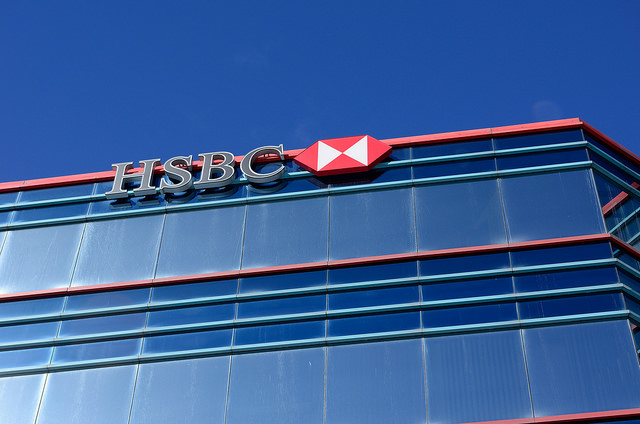Business and Economy
HSBC exec eyes 2020 GDP at 6.4%

In a briefing on Tuesday, HSBC managing director and chief market strategist for Asia Cheuk Wan Fan said they expect domestic growth to recover from the expected 5.8 percent output in 2019. (File Photo by Open Grid Scheduler / Grid Engine/Flickr, Public Domain)
MANILA – An official of banking giant HSBC forecasts better output for the Philippine economy this and next year, with output seen at 6.4 percent and 6.5 percent, respectively, making the country among the best in the world.
In a briefing on Tuesday, HSBC managing director and chief market strategist for Asia Cheuk Wan Fan said they expect domestic growth to recover from the expected 5.8 percent output in 2019.
“According to our assessment, we expect the Philippine economy to outperform the regional as well as global peers as we anticipate the growth acceleration path for the next two years,” she said.
Growth, as measured by gross domestic product (GDP), averaged at 5.8 percent in the first three quarters last year, below the government’s 6-6.5-percent growth target.
Fan expects growth this year to be driven by the resilient domestic consumption and strong rebound of fixed investment, among others.
“The Philippines is another showcase of the strong consumption story in the region.
We expect private consumption growth to stay,” she said.
HSBC’s growth forecast for the Philippines this year alone is short of the government’s 6.5-7.5 percent band for 2020-2022, which Fan attributed to the impact of external developments.
“It’s quite close to the government target because we still maintain a relatively cautious on the external demand because the global economic slowdown will continue to remain a headwind for the Philippine economy,” she told the PNA in an interview.
With growth seen to improve, Fan expects the Bangko Sentral ng Pilipinas (BSP) to further slash key policy rates by 50 basis points at 25 basis points each in the first and second quarters this year.
She said central bank rate cuts will be a regular thing in the region this year, and will “underpin a relatively favorable investment environment in Asia because central bank easing actions will improve the outlook for bonds.”
She also forecasts a total of 200 basis points reduction in banks’ reserve requirement ratio (RRR) each this year and 2021 after a total of 400 basis points cut in 2018.
She said the projected RRR and BSP policy rate cuts “will reduce the relatively high carry buffer of the Philippine peso”, with the latter seen to weaken to 53-level against the greenback from the 51-level to date.





















